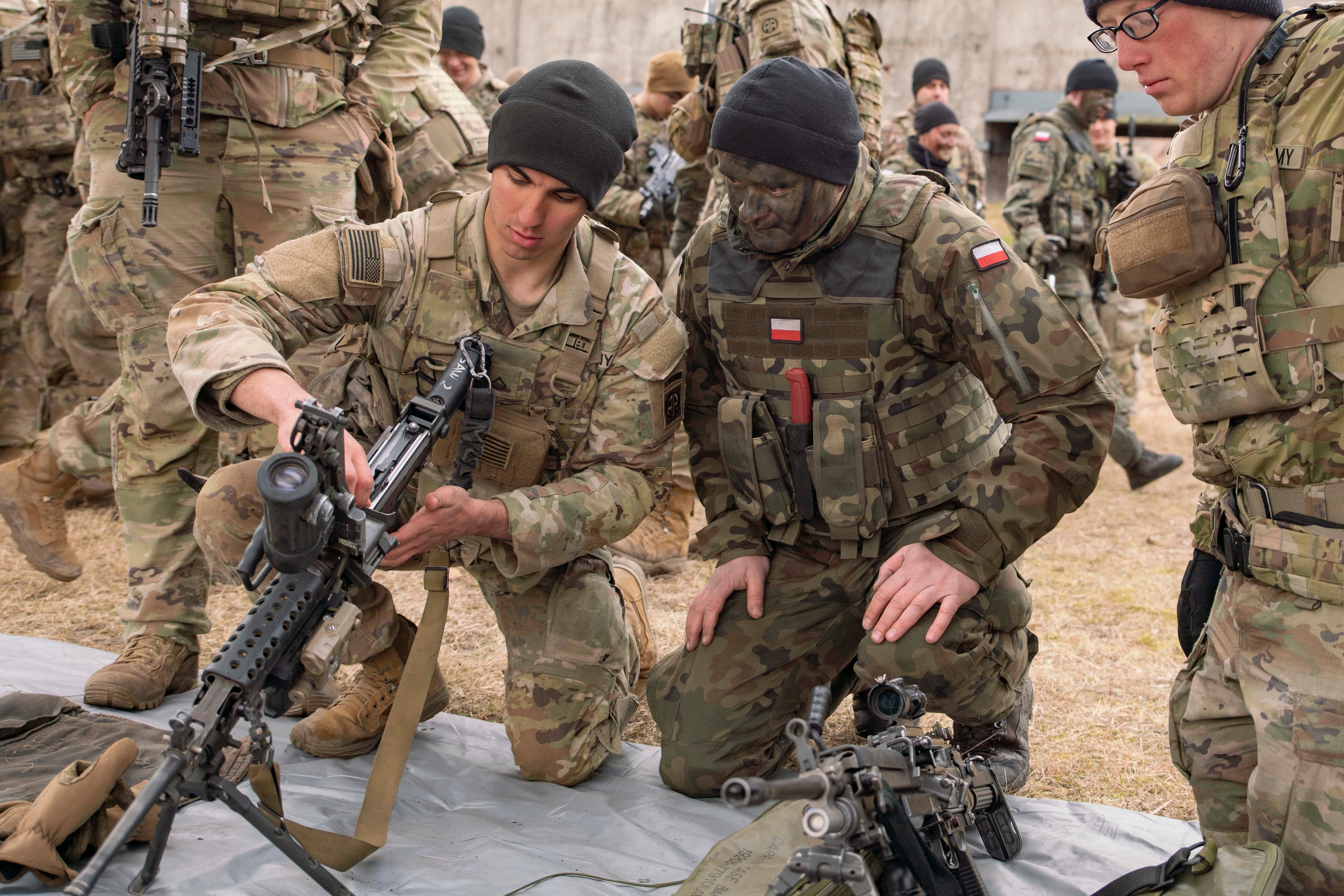If Sweden and Finland succeed in their bids to join NATO, it’s likely that the landscape of U.S. troops in Europe could shift accordingly.
But that probably won’t involve more land forces, the Army general nominated to be U.S. European Command’s next leader told the Senate Armed Services Committee during his confirmation hearing Thursday.
“I remain of the opinion, as I told you in our office call, that at least in the ground domain, this is not going to be a requirement for large additional forces, or additional forces,” Gen. Christopher Cavoli, who currently leads U.S. Army Europe and Africa, told Sen. Josh Hawley, R-Missouri.
Instead, the U.S. and those countries would focus on temporary engagements.
“I think exercises and occasional presence, like we do with any ally, will increase,” Cavoli added.
That would fulfill Sweden’s recent request for an increased U.S. naval presence in the Baltic Sea, in the form of joint exercises.
As far as any basing in NATO’s new, hypothetical northern reaches, Cavoli said that decision would be a ways off.
“And I would point out that the word basing carries with it an enormous number of other implications that I would have to consider deeply before I came back to you,” he added.
In recent years, the Defense Department has relied more on back-to-back troop rotations, rather than setting up permanent bases that would require family housing, schools and other support facilities.
In April, Army Gen. Mark Milley, chairman of the Joint Chiefs of Staff, proposed a compromise in which troop housing and facilities could be built to support rotational forces, but not the type of setup that would include bringing their families.
RELATED

For now, the roughly 100,000 troops who are on the continent ― including more than 10,000 who mobilized in response to Russia’s invasion of Ukraine ― will stay at that level, with new units rotating in to relieve units deployed earlier this year.
“So the 100,000 forces in Europe that are being extended ― that’s part of this surge that we performed over the last the last few weeks, senator, and was not related to the question of Finland and Sweden,” Cavoli said.
EUCOM and the Pentagon have been mulling the issues since last year. Military officials are discussing how many troops should be in Europe and where they should be located.
Air Force Gen. Tod Wolters, the outgoing EUCOM commander, told lawmakers in March that he has advised his chain of command to increase the number of troops on the continent.
“It’s got to change,” he said during a House Armed Services Committee hearing. “And certainly, this is an opportunity, as a result of this senseless act on behalf of Russia, to reexamine the permanent military architecture that exists not only in Eastern Europe, but in our air policing activity, in aviation and in our standing naval maritime groups.”
About half of the U.S. footprint in Europe is based in Germany. However, countries along NATO’s eastern front have made public their hopes for more permanently based U.S. troops. Estonia, Latvia, Lithuania, Poland and Romania have all hosted troops in the wake of the war in Ukraine.
Lithuania earlier this year specifically requested a permanent U.S. troop presence, while back in 2020, Romania offered to absorb troops that the Trump administration had ordered pulled out of Germany.
Meghann Myers is the Pentagon bureau chief at Military Times. She covers operations, policy, personnel, leadership and other issues affecting service members.








